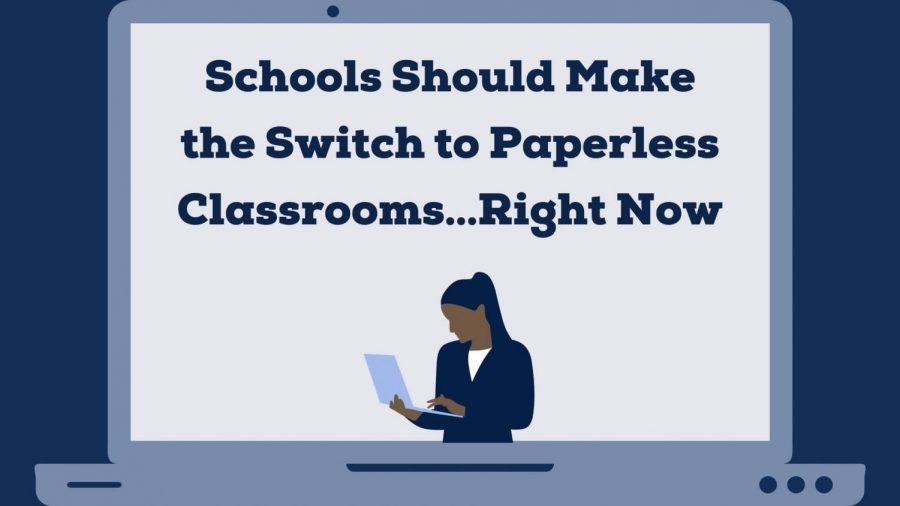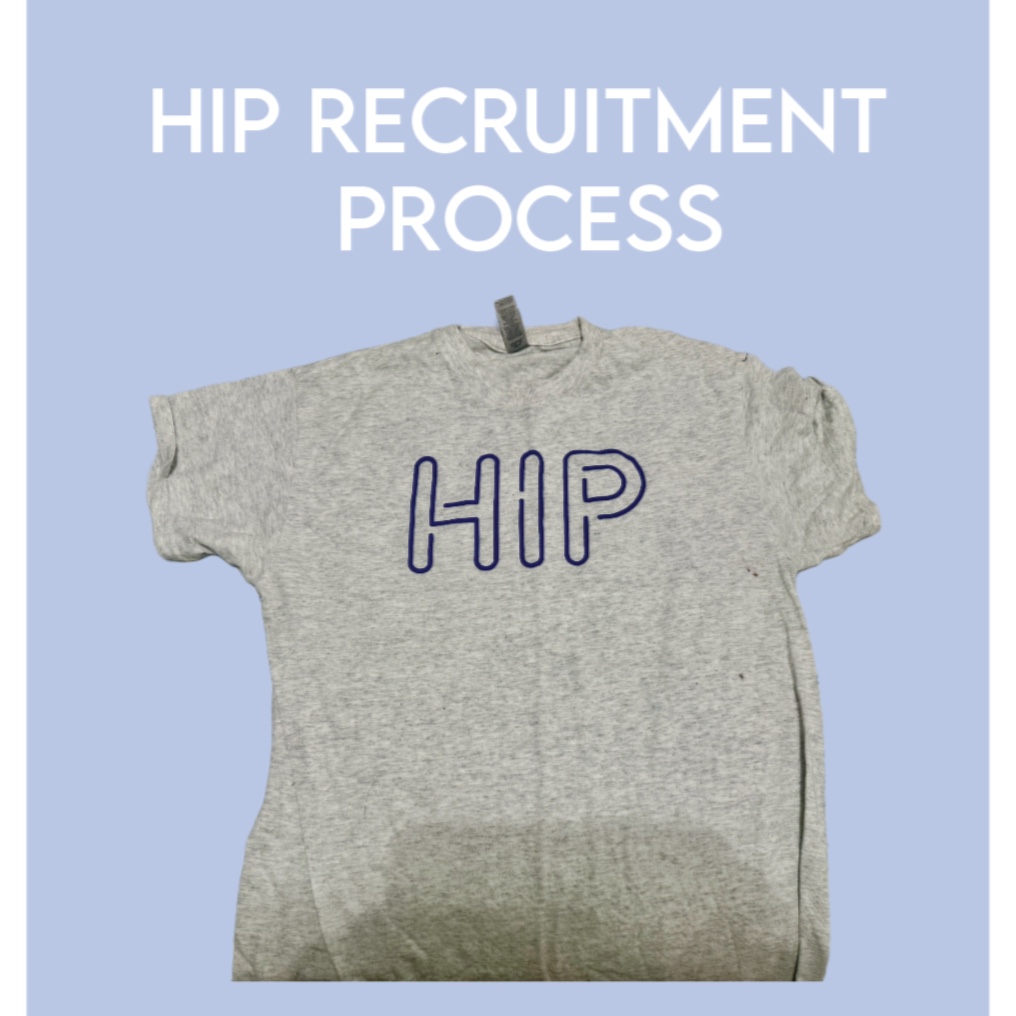Schools Should Make the Switch to Paperless Classrooms Right Now
September 19, 2021
At the beginning of the pandemic, it was a mess: teachers desperately recreating and modifying curriculums for virtual formats, tests and quizzes transferred to Schoology and Microsoft Teams and Edmodo, students confused about deadlines and missing assignments. For a while, it was a stressful and imperfect system, bemoaned by teachers, students and parents alike.
But an entire school year spent online offered the time to work out the kinks and determine how to teach virtually — including how to make all assignments, lessons and assessments available to anyone with a WiFi connection, no paper required.
Now, as the majority of students are just beginning to ease back into in-person learning, it is time to make the switch to an entirely paperless classroom.
The primary draw of a paperless classroom is the environmental benefit. Going paperless would save hundreds of thousands of trees. While there are not t exact figures on the number of trees devoted to making the paper used in classrooms, one tree can produce about 8,333 sheets of paper. On average, one textbook contains 700 sheets of paper. That means one tree can only produce about 11 textbooks — less than half the amount of textbooks needed for an average Palmetto class. According to the University of Michigan, over 15 million trees are cut down each year, with much of the paper created from these trees going to books and textbooks. Going paperless would eliminate much of this unnecessary damage, as trees provide a whole host of benefits, from absorbing pollutant gases to reducing stormwater runoff.
If going paperless imposed a huge burden, then one could argue it would not be worthwhile. However, if classrooms make the switch now, it would be a painless transition. Teachers were forced to go paperless last year, so all of their materials are already accessible through their chosen online platform. Additionally, both in-person and virtual students have become adept at using laptops or tablets to complete schoolwork — they spent the entirety of last school year on their devices.
The one caveat, perhaps, is assessments; many teachers are wary about the security of online tests. However, even if teachers went paperless with the exception of major tests, classrooms would still save an enormous amount of paper (and, in turn, an enormous number of trees).
Given the environmental benefit and ideal timing, classrooms should go paperless now.











